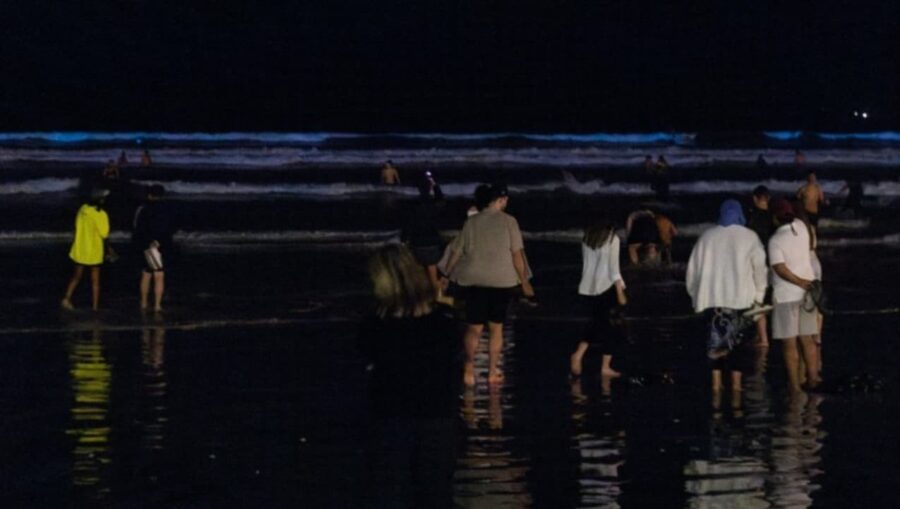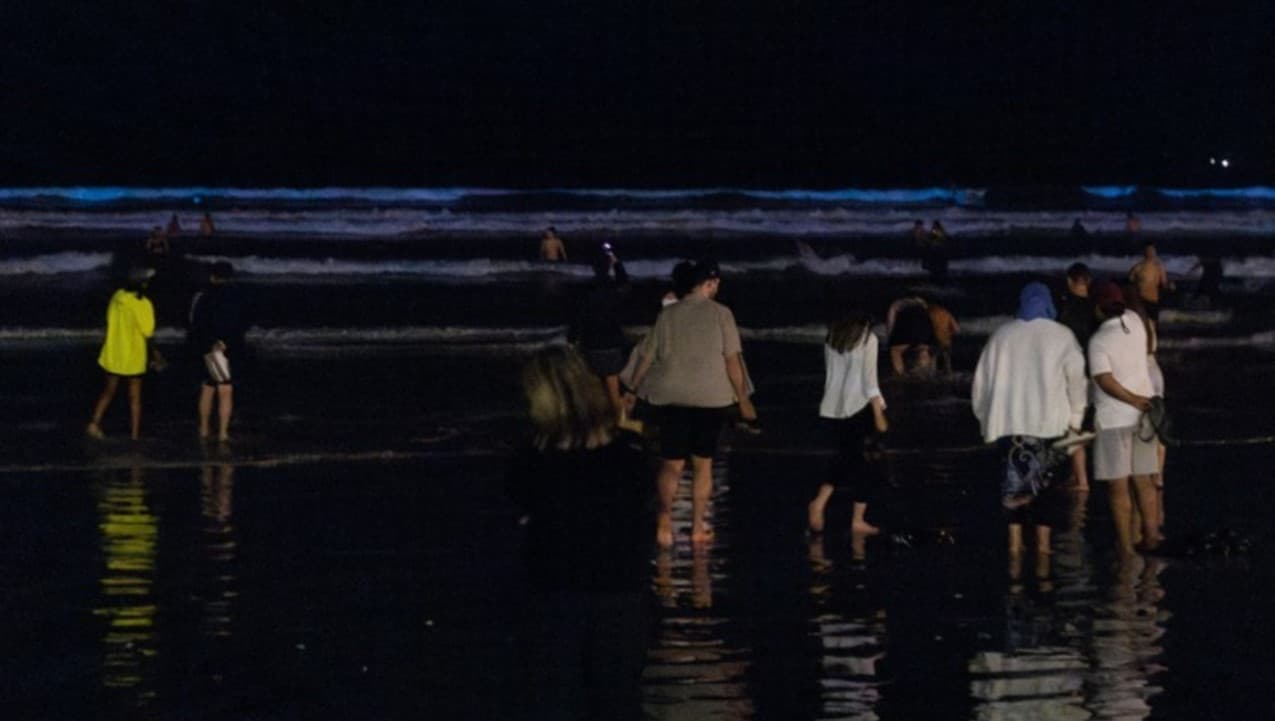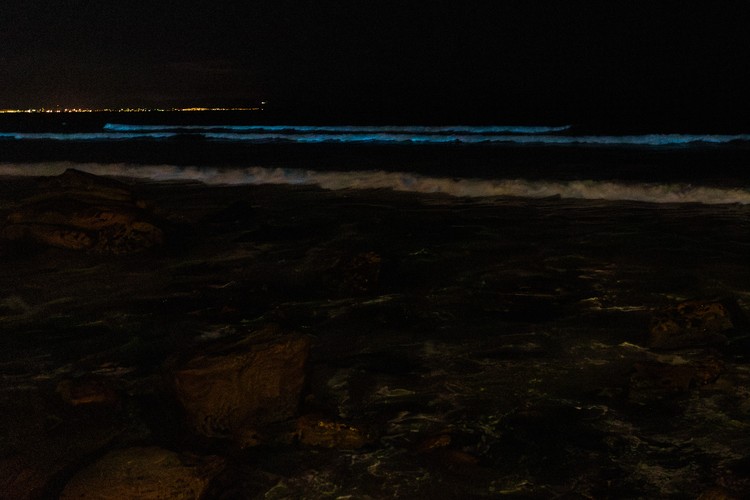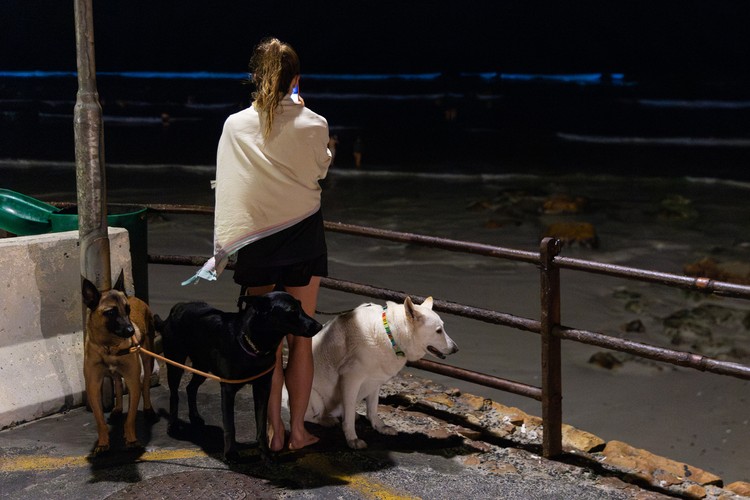
In photos: Beautiful bioluminescence at Muizenberg
Red tide lights up False Bay coast

If you’ve been to the False Bay coastline over the past two nights, you might have noticed a strange bright blue glow on the crests of the waves near the shoreline. Don’t worry, the sea hasn’t become radioactive, it is a natural phenomenon called bioluminescence (sea sparkle).
“It is all completely natural,” says Dr. Emma Rocke, a microbiologist and research fellow with The Marine and Antarctic Research Centre for Innovation and Sustainability (MARiS) at the University of Cape Town. Rocke says this phenomenon happens when the ocean is calm and warm. It is expected to happen at least once a year and lasts three to five days.
Rocke explains that the calm and warm conditions cause these algae to multiply, and they then glow when they are agitated and rub up against one another. Rocke says the bloom is a good thing as it is “producing oxygen and consuming carbon dioxide”. The presence of so much algae attracts prey, so you’ll also see more fish in the ocean.

ALSO READ: Presidency: What would YOU tell the President of South Africa?
“They need light and nutrients to grow, which will eventually be used up,” says Rocke.
She says she is almost certain that the algae is Noctiluca scintillans, and although certain species are toxic, this isn’t one of them. But she will need to confirm this under a microscope.
Rocke says the bioluminescence is connected to the red tide. And if you can see the red tide in the day, and the conditions stay the same, you’ll most likely see the glow of the bioluminescence in the evening.
The phenomenon happens all around the world and can also happen in freshwater.

